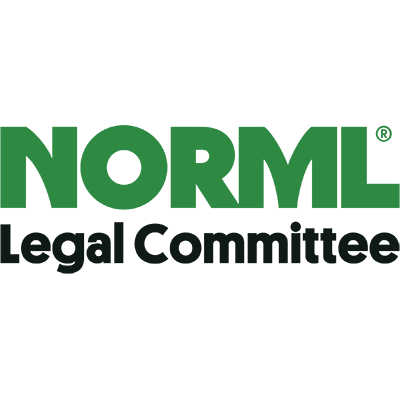A first or second DWI charge is a misdemeanor, under most circumstances. While this may seem minor, any DWI will carry significant consequences. It’s important to understand the process, so that you can know your options, including hiring an experienced attorney to take your case.
Austin Misdemeanor DWI Lawyer
I will work hard to defend your rights and driving privileges both in court and before the Department of Public Safety (DPS). I will take your DWI case to trial if necessary to fight your DWI case. I can also help you get your criminal record expunged when that’s possible. Call The Law Office of Kevin Bennett at (512) 476-4626 to set up a free consultation.
Travis County Misdemeanor DWI Information
- Initial Appearance or First Appearance Court Date
- Pretrial Conference
- Discussing a Potential Plea Bargain with the Prosecution
- Texas Driving While Intoxicated Trial
Initial Appearance or First Appearance Court Date
After being released from the Travis County Jail, the DWI defendant is given an initial appearance date or first appearance. This date is usually set about two weeks from the date the defendant was released from jail. If the defendant has retained a defense lawyer prior to the first appearance date, the lawyer can usually make the initial appearance without their client having to be present.
After this initial appearance, the DWI case will be assigned to a particular court. Typically, misdemeanor DWI cases in Austin will be assigned to a Travis County Court at Law and felony DWI cases will be assigned to a State District Court of Texas. Once the case has been assigned to a particular court, there will usually be a series of court appearances called pretrial conferences.
Pretrial Conference
Prior to a driving while intoxicated trial, there are usually several pretrial conferences in which the attorney will have the opportunity to review any police reports, gather evidence and discuss the case with the prosecutors. During this stage of the case, the lawyer will be able to obtain additional defense evidence, speak to any witnesses and research any legal issues in the case. The lawyer will likely have already requested and reviewed the DWI arrest video.
Depending upon the complexities of the case, the defense or the prosecution may request a pretrial conference with witnesses. A pretrial conference with witnesses may be requested for a variety of reasons. For example, the defense may file a motion to suppress evidence to keep certain evidence from being used against you in trial. The motion could challenge the legality of a “stop” and request the Court to suppress any evidence obtained from the resulting arrest. Such a motion will almost always require the State to subpoena the arresting officer.
Discussing a Potential Plea Bargain with the Prosecution
In Texas, most DWI cases are resolved through some type of plea agreement or dismissal. A plea bargain is an agreement between the defendant , the defense lawyer, and the prosecution, that resolves the case without having an actual trial. For example, a plea bargain might mean that a defendant agrees to plead “guilty” or “no contest” to the DWI charge in exchange for an agreed upon sentence—which is typically less or more favorable than what a defendant would receive if they were to be found guilty by a judge or a jury.
A plea bargain may also consist of pleading guilty to a different or lesser charge such as obstruction of a highway or reckless driving. It could also involve various requirements of the defendant in order for the prosecution to agree to dismiss the DWI case. A good Austin DWI lawyer will be able to review the case to see if a plea bargain should be considered.
Texas Driving While Intoxicated Trial
If a defendant has rejected all pre-trial plea offers, has pleaded not guilty and the case has not been dismissed, the case will then be set for trial. The defendant can choose to have a bench trial or a jury trial. A bench trial is a trial without a jury where the judge determines if the defendant is guilty or not-guilty. The judge makes all evidentiary rulings as well as serving as the fact-finder in the case.
In Texas, a jury trial is comprised of a panel of 6 jury members for a misdemeanor case and twelve jury members for a felony case. The jury members are residents in the county where the trial is held and are chosen through a process called voir dire or jury selection.
After the jurors are selected, the guilt/innocence phase of the trial will begin. This phase involves the presentation of evidence. Evidence in a Texas DWI case usually involves officer testimony, the DWI arrest video, evidence of blood alcohol content, etc. Witness and evidence can be introduced by both sides. The prosecutor has the burden of proving the defendant committed every element to the offense beyond a reasonable doubt, which can be a very difficult burden of proof to meet.
In order to convict a defendant, all jurors must unanimously agree the defendant is guilty beyond a reasonable doubt. If they do not all agree, the jury is called a hung jury and the judge must declare a mistrial. The case will then later be retried if the prosecutor determines to retry the case.
If the defendant is found not-guilty, they are released from the charge and no punishment is assessed. If the defendant is found guilty, the punishment or sentencing phase of the trial will then take place. This phase is used to determine the defendant’s punishment for their alleged DWI offense. The defendant has the choice at this phase of the trial as to whether the judge or jury will determine their punishment.








